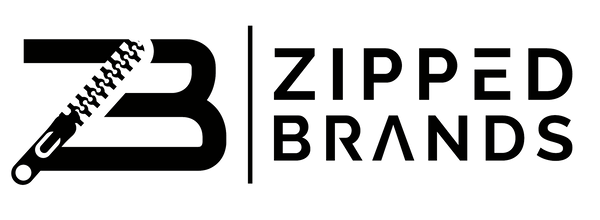Real Talk: Why Feel-Good Marketing Misses the Mark
分享
Real Talk | 3 min read
Sixty-one million Americans have a disability. That's nearly one in five people - a market larger than the entire population of South Korea. Yet most brands treat us like a charity case rather than customers.
Every awareness month, I watch companies accidentally insult their biggest untapped market. They post photos of disabled people with captions about "inspiration" and "brave warriors." They frame adaptive products as "giving back" rather than serving a legitimate customer base.
As a disabled founder building in the accessibility space, I can tell you this approach misses the mark entirely.
The Cost of Inspiration Marketing
It Positions Accessibility as Optional
When brands frame adaptive products as charity work, they treat accessibility like a nice-to-have instead of a market requirement. This keeps accessible design in the "special projects" category with minimal budgets and rushed timelines.
Nike's FlyEase line succeeded because they marketed it as innovative design that happens to be accessible, not as a charitable effort for disabled people. The result? Mainstream adoption and genuine market impact.
It Misses What Customers Actually Want
Inspiration marketing focuses on overcoming disability rather than solving practical problems. The messaging becomes about medical conditions instead of product benefits.
Disabled customers want the same things everyone else wants: style, quality, convenience, and choice. They don't want to be poster children for your brand values.
It Reinforces Harmful Stereotypes
When you position disabled people as inspirational for doing everyday activities, you accidentally reinforce the idea that disability makes normal life extraordinary. Getting dressed becomes "overcoming challenges." Using a product becomes "brave."
This creates distance instead of connection. It tells disabled people they should be grateful for basic access rather than expecting it as standard. It also signals to non-disabled people that disability is something tragic to overcome, rather than a normal part of human diversity.
What Real Inclusion Marketing Looks Like
Lead with Product Benefits
Focus on what your product does, not who it's "for." Apple doesn't market VoiceOver as a feature for people with visual impairments - they market it as voice control technology that happens to serve accessibility needs.
For example, our messaging focuses on getting the brands you actually want, with professional zipper modifications that make them work for your life. The disability angle comes through authentically because I'm a wheelchair user building solutions I know the world needs - not because we're trying to inspire anyone.
Represent People Authentically
Show disabled people as they actually are - customers with preferences and style choices. Skip the inspirational lighting and emotional music.
Target's recent campaigns feature disabled models wearing their clothes naturally, without calling attention to their disabilities. The message is clear: these are customers, not inspiration.
Let Customers Define Their Own Experience
We share real customer stories without the inspiration treatment. When someone tells us they finally got their dream shoes, we share that excitement - not because they "overcame" anything, but because they got exactly what they wanted. The joy is real, but it's about the product working, not about being brave.
The Opportunity
Here's what most companies miss: authentic inclusive marketing isn't just better ethics, it's better business.
The brands that get accessibility right don't just avoid negative feedback - they build genuine customer loyalty in a community that values companies who understand their needs. They also tap into the "curb-cut effect," where accessible design benefits everyone.
OXO built their entire brand around universal design principles. Their Good Grips tools weren't marketed as adaptive equipment, but as better-designed products that work for everyone. The result? A multi-billion dollar company built on inclusive design.
My Honest Take
When brands shift from inspiration to inclusion, from charity to commerce, they discover something powerful: serving disabled people authentically isn't just smart business, it moves the accessibility needle forward and creates a more inclusive world.
I think everyone can get behind that.

